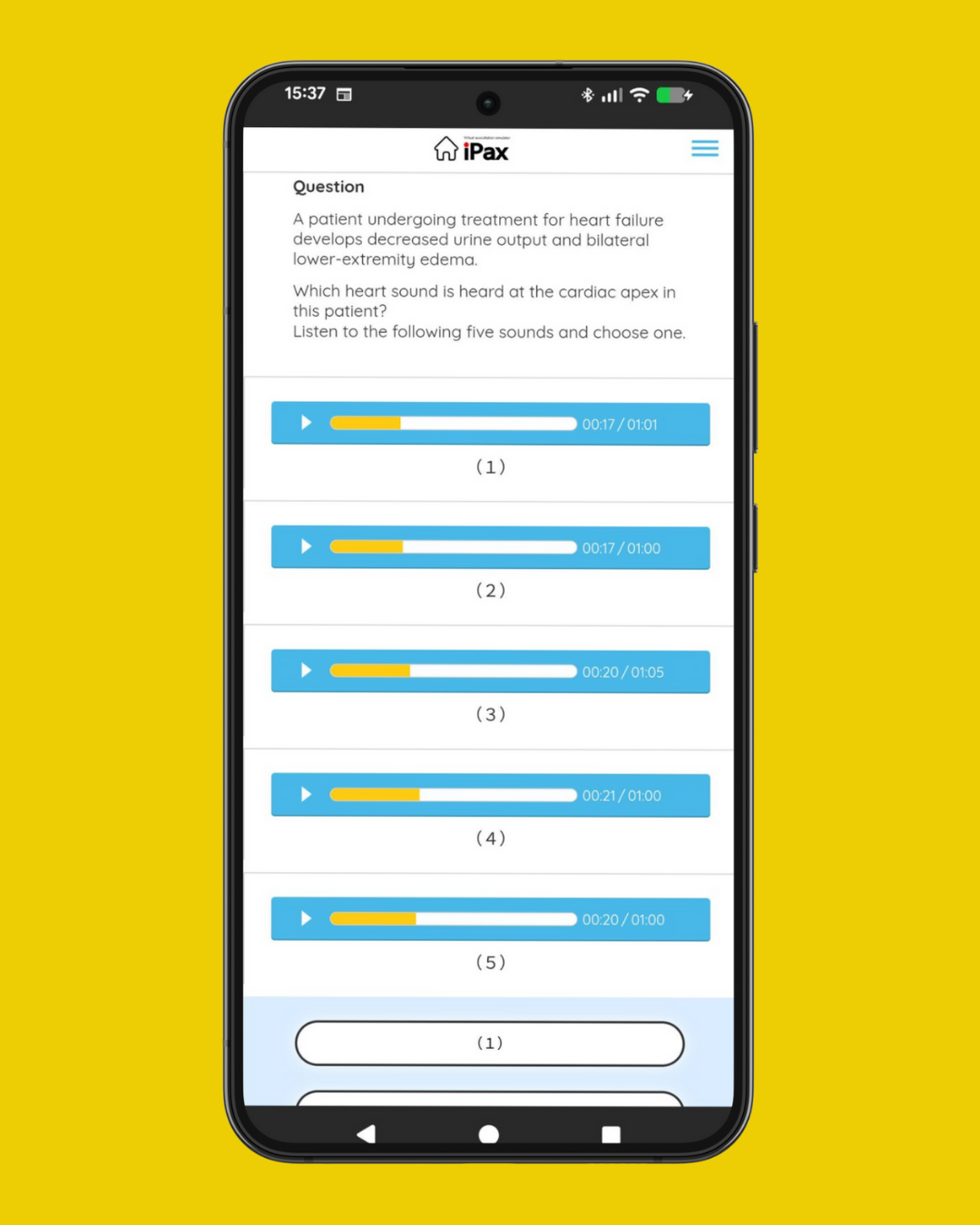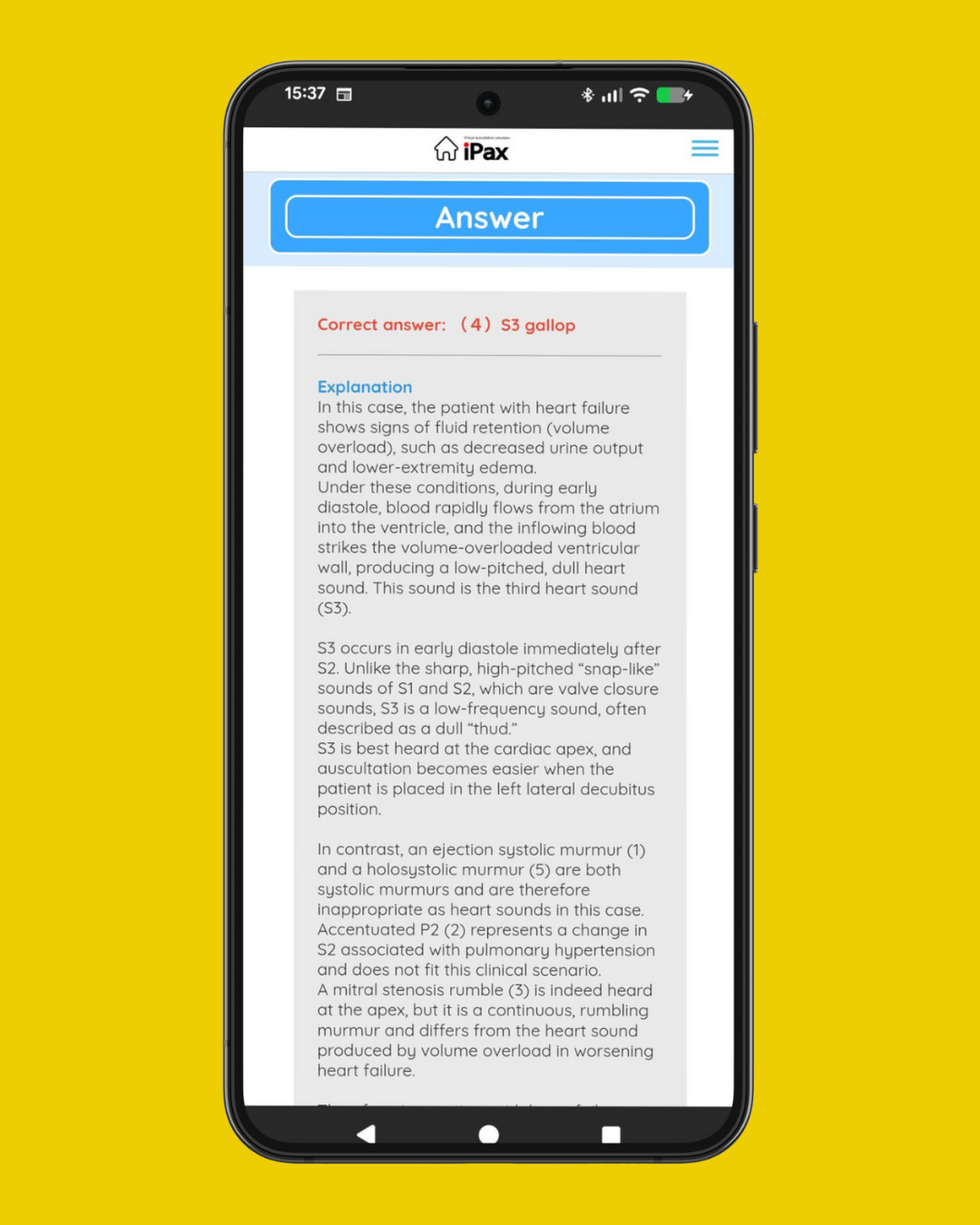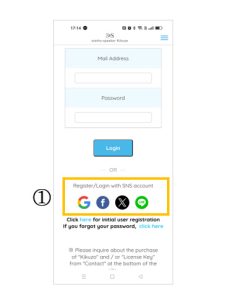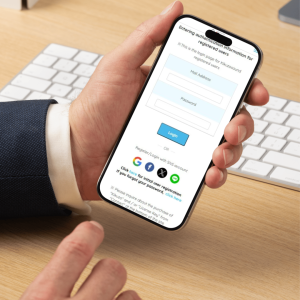よりよい信頼関係づくりのために
聴診教育に取り組んでいます


2993.口腔聴診|コースクラックルズ
(C) 2025 Telemedica Inc.
本音源にはオリジナルであることを証明する特殊信号が組み込まれています。
聴診コンテンツ毎日更新!
聴診クイズ毎日更新!
■12月20日は、心不全患者で浮腫と尿量低下がある症例です。心尖部で聴こえる低周波の「ドン」という音の正体は何か?
(2025年12月20日)
※音を聴くときはイヤホン利用
ユーザ登録をすれば無料で聴診クイズをご覧いただけます。 スマートホン画面に表示された胸部イラスト(またはプレイヤー)をタップするとその部位の音が聴こえます。選択肢からあなたの答えを選んでください。すぐに正解と解説が表示されます。
スマートホンでご利用ください。


ユーザ登録がまだの方(スマートホンで登録)
ログインページに表示されている「SNSアカウントまたはGoogle、LINEアカウント」でユーザ登録してご利用ください(無料)。
出生後間もない新生児の心音、肺音も無料公開しています。


***全ての公開コンテンツを利用希望の方
サブスクリプションを購入すると、以前に公開した症例、その他サブスクリプション向けに公開しているステップワイズ聴診コンテンツや動画解説をご覧いただけます。
買い物かごから、subscriptionを選択してご購入ください。
【PR】PPTで使う
音源の「症例リスト」一例
\ 合計700症例以上 /
心音(iPax症例)

・正常心音
・S2呼吸性分裂
・S2異常分裂
・S3ギャロップ
・S4ギャロップ
・サメーションギャロップ
・大動脈弁狭窄
・大動脈弁閉鎖不全
・僧帽弁狭窄
・僧帽弁閉鎖不全
肺音(iPax症例)

・正常肺音
・ファインクラックルズ
・コースクラックルズ
・ウィージズ
・ロンカイ
・ウィージズ+ロンカイ
・コースクラックルズ+ロンカイ
・コースクラックルズ+スクウォーク +ロンカイ
・空洞呼吸
・気管支呼吸音低下
その他聴診音

・コロトコフ音
(脈触診機能あり含む)
・グル音
(メタリックサウンド含む)
・透析シャント音
ケーススタディ

・心不全
(僧帽弁閉鎖不全)
・心不全
(僧帽弁閉鎖不全+三尖弁閉鎖不全 +心房細動)
・胸痛の症例
・心電図異常がある症例
・MTX肺の関節リウマチ症例
・関節リウマチに伴う間質性肺炎 COPD合併例
・蜂巣肺のない特発性肺疾患症例
・高MDA-5抗体陽性皮膚筋炎症例
・新生児症例
\ リストに無い症例やオリジナル症例を希望の場合は、テレメディカが音源を作成して提供します /